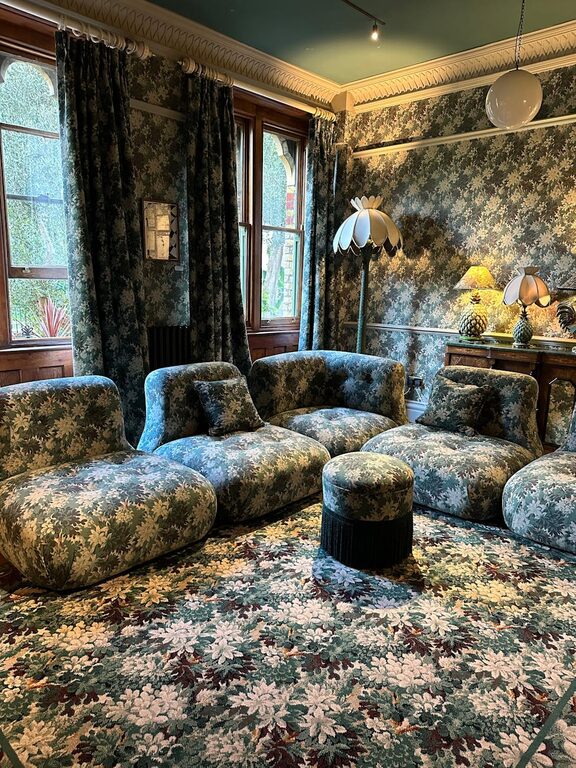Creating a cozy and inviting atmosphere in your home starts with the right lighting. Comfortable home lighting not only illuminates your space but also enhances mood, supports daily activities, and complements your interior design. With so many options available, choosing the perfect lighting can feel overwhelming. This guide offers practical tips to help you select lighting that is both comfortable and functional for your home.
Understanding the Importance of Comfortable Lighting
Lighting affects how we feel and perform tasks within our homes. Poor lighting can cause eye strain, fatigue, and discomfort, while well-chosen lighting promotes relaxation and productivity. Comfortable lighting balances brightness, color temperature, and placement to suit different rooms and activities.
Types of Lighting to Consider
When planning your home lighting, think about combining three main types to create a layered effect:
1. Ambient Lighting
Also known as general lighting, ambient lighting provides overall illumination. Ceiling fixtures, recessed lights, or LED panels serve this purpose. The goal is to evenly light the room without harsh shadows or glare.
2. Task Lighting
Task lighting focuses on specific areas where activities occur, such as reading, cooking, or working. Desk lamps, under-cabinet lights, or pendant lamps are common task lights. They should be bright enough to prevent eye strain but adjustable for comfort.
3. Accent Lighting
Accent lighting highlights particular features or decor elements like artwork, plants, or architectural details. Wall sconces, track lighting, or spotlights create depth and visual interest while adding warmth to the room.
Tips for Choosing Comfortable Home Lighting
Consider the Purpose of Each Room
Different rooms require different lighting considerations:
– Living Room: A mix of ambient and accent lighting helps create a relaxing environment for socializing or unwinding.
– Kitchen: Strong task lighting is crucial for food preparation, combined with ambient lighting for overall visibility.
– Bedroom: Soft, warm lighting promotes restfulness. Use dimmable fixtures to adjust brightness.
– Bathroom: Bright, shadow-free lighting near mirrors assists with grooming tasks.
– Home Office: Adequate task lighting prevents eye strain while working, supported by well-distributed ambient lighting.
Choose the Right Color Temperature
Color temperature affects the warmth or coolness of light, measured in Kelvins (K):
– Warm Light (2700K–3000K): Produces a cozy, inviting glow, ideal for living rooms and bedrooms.
– Neutral Light (3500K–4100K): Balanced and natural, suitable for kitchens and bathrooms.
– Cool Light (5000K–6500K): Bright and energizing, great for workspaces or areas needing focus.
Aim for a color temperature that matches the room’s function and your personal preference.
Opt for Adjustable Lighting
Dimmers and adjustable fixtures allow you to control brightness levels easily. This flexibility lets you create the right ambiance and adapt lighting to different times of day or activities.
Avoid Glare and Harsh Shadows
Glare can cause discomfort and reduce visibility. Use lampshades, diffusers, or indirect lighting methods to soften light sources. Position lights thoughtfully to minimize shadows, especially in task areas.
Select Energy-Efficient Options
LED bulbs are a popular choice due to their long lifespan and energy savings. They also come in various color temperatures and brightness levels, providing versatility without increasing energy bills.
Match Lighting with Your Interior Style
While comfort is key, lighting fixtures contribute to your home’s aesthetic. Choose styles and finishes that complement your decor, whether modern, traditional, rustic, or minimalist.
Use Multiple Light Sources
Layering light sources in a room avoids flat or dull lighting. Combine ceiling fixtures with lamps, sconces, and accent lights for a balanced, dynamic environment.
Test Before You Commit
If possible, test lighting in your home at different times of day. Many stores offer sample bulbs or fixtures, or you can use smart bulbs that allow you to change brightness and color temperature with an app.
Conclusion
Choosing comfortable home lighting involves balancing functionality, mood, and design. By understanding the types of lighting and considering your needs room by room, you can create spaces that feel warm, inviting, and tailored to your lifestyle. Remember to prioritize adjustable, glare-free lighting and energy-efficient options to enjoy comfort and practicality for years to come.
—
With thoughtful lighting choices, your home can be a welcoming haven that reflects your personality and supports your daily activities beautifully. Happy lighting!



